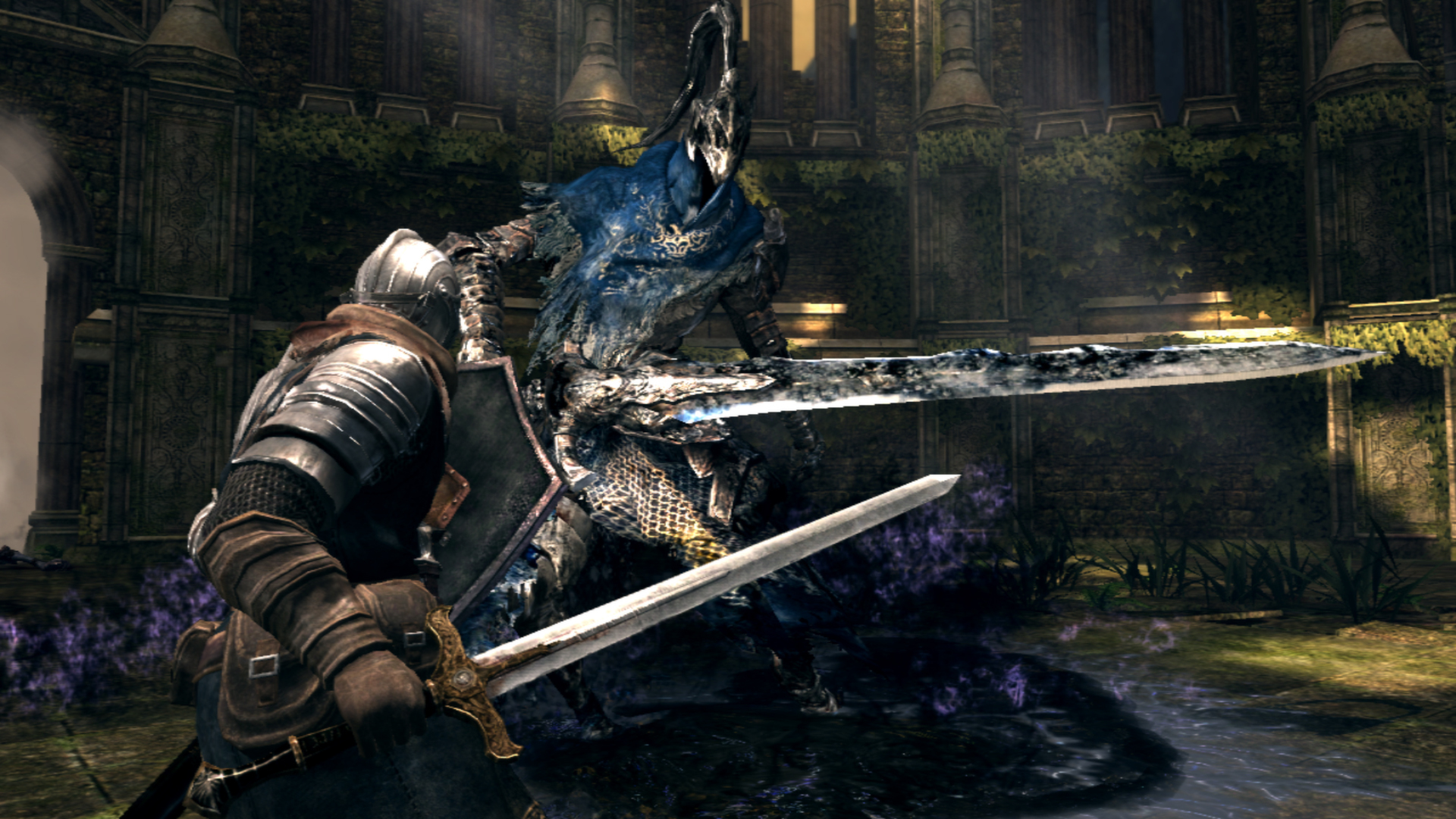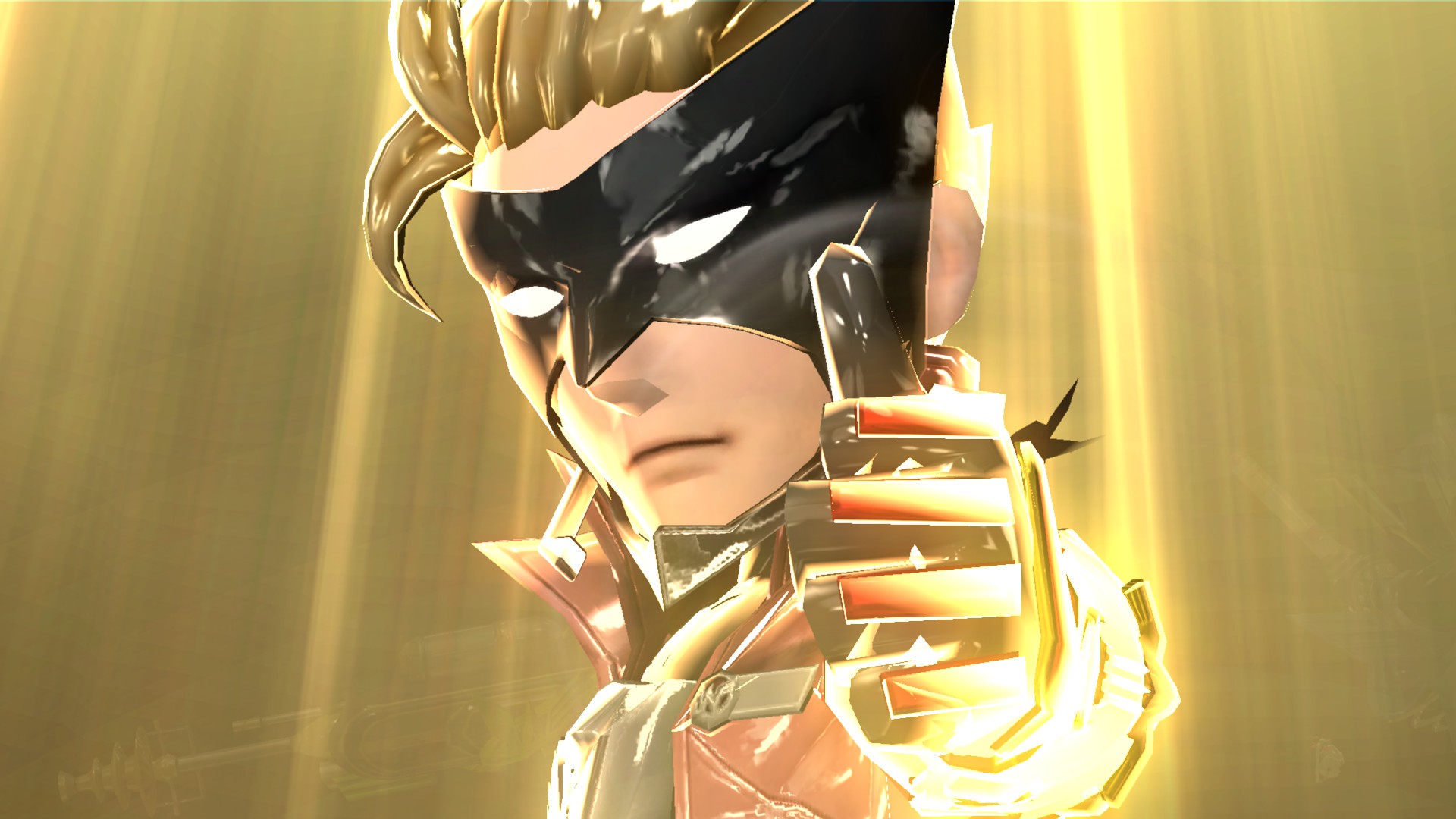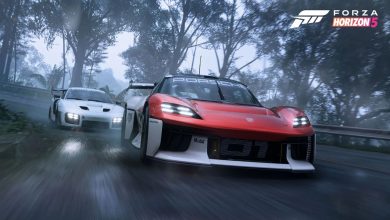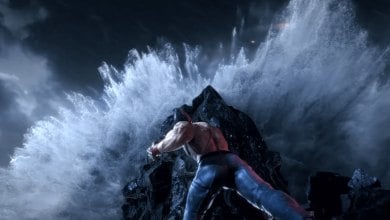For better or for worse, action games have evolved greatly throughout the past few years. From the simple 2D side-scrollers with one-shot kills like Ninja Gaiden to insane 3D action games where you’re doing lengthy combos and juggling them in the air like Devil May Cry and God of War.
One thing about the genre that has less evolved and to an extent has even gotten worse is the use of cameras in most action games. While there are exceptions to this trend such as Capcom‘s Devil May Cry 5 or Platinum’s The Wonderful 101. More often than not cameras in action games tend to feel like a hindrance at best and a chore at worst.
Major Takeaways:
- Good Camera Systems rely on clarity and conveying all the combat information a player might need at any moment in an easy-to-understand way.
- Bad Camera systems result in the player constantly babysitting the camera and lead to annoying and frustrating deaths.
- Ideally, it’s best to pull the camera back or used fixed camera angles for action games.
What Maketh a Bad Camera System?

Bad camera systems are a dime-a-dozen, especially in the action game genre, from the original Dark Souls to God of War 2018. There are certain factors, however, that almost all of those games share in common. Controllable camera, inconsistent lock-on, Sluggish camera that struggles to keep up with the action.
Many action games good or bad do some of these. Some might be wondering: “Why mention a controllable camera as a negative? Isn’t it good to have more control over the action?” while it is good to give the player as much control as possible there are certain things that players expect to function reliably, the camera is one of them.
In the worst case of a bad camera system, the players are left to babysit the right analog stick and constantly turn the camera around to face potential threats. In this case, managing the camera becomes as much a part of combat as anything else except, that it’s not actually fun to be babysitting the camera.
One of the most egregious cases of this is the constant obsession of developers with putting the camera as close to your character as possible to get the player to feel closer to the character you’re playing as but I feel that kind of effort is misguided.

The most popular example of this effect is God of War 2018, a game I enjoyed fairly well when I first played it but found more and more tedious to replay on harder difficulties when the combat’s flaws start to show themselves. The most annoying of these is the camera, especially when it needs an on-screen indicator to function properly.
While the on-screen indicator is usually pretty consistent in telling you when attacks are coming your way, it rarely ever feels skillful to dodge or avoid these attacks. It comes across as a cheap patch-up job that wouldn’t need to be there if the developers had just decided to pull the camera back somewhat like the old games did.
One could argue that the on-screen indicator is not that important since you can just turn it off and rely on Atreus’s callouts, but that leads to another issue. The time it takes for you to register what Atreus is saying compared to the instant feedback from the combat indicator, makes a huge difference in a fast-paced game.

This is personally why I find myself coming back to God of War 3 way more than I ever find myself playing the 2018 version. While God of War 3 does have some of its own issues, very few of those ever stemmed from its combat or its camera which I think is basically perfect.
Ironically, the God of War series had the right idea since the very first game. All the classic God of War games have a zoomed-out camera that gives you a very good idea of your surroundings as well as spacing. The camera rarely ever feels like a hindrance.
Funnily enough, good storytelling in action games doesn’t need to rely on crutches like pulling the camera close when other games have managed gripping stories without it.

2021’s NieR Replicant (and NieR Automata by extension) tells one of the most compelling stories in the entire gaming medium with a wonderful and engaging cast of characters. Yet the game never feels the need to pull the camera close to NieR’s head to tell you what he’s going through.
Not only that however, NieR Replicant constantly zooms out the camera and shifts to other perspectives like a 2D side-scroller or an Isometric view for some of its set-pieces and dungeons. At one point it even becomes a horror game ala Resident Evil, creepy mansion and all.
While I wouldn’t say that NieR Replicant has the best or most fun combat for an action game, it actually starts to get somewhat tedious by the time you enter the route C or D, but it never feels outright frustrating. It works well enough to be engaging with as little frustration as possible, all the while managing to tell an incredible story.
Games like NieR prove that relying on crutches for storytelling does not actually substitute for good storytelling because the best stories in gaming work well regardless of these decisions. This is why CRPGs or Isometric RPGs like Planescape Torment or Disco Elysium almost always show up in lists about games with incredible stories.
What Maketh a Good Camera System?

A good camera in games is like good UI, you never really notice it if it’s good, but you are sure as hell going to notice it when it gets in your way. Ideally, you want the camera to give you a good view of the action while also showing you everything that you need to perform well.
Platinum Games are particularly good at this, with all of their action games having perfect camera systems that rarely get in the way of the action. If you go download and start playing Bayonetta right now, you’ll immediately realize how easy it is to keep track of everything during combat. The enemy telegraphs, enemy projectiles, your combos, and your attacks.
The game gives you a good view of the entire combat arena while conveying everything it wants you to know through good audio and visual cues that immediately signal everything to you. As is often said, the devil is in the details and Bayonetta is as devilish as you can possibly get.
Bayonetta also does the thing where during exploration and navigating the levels the camera is pulled towards Bayonetta, while as soon as you enter any combat scenario the combat immediately pulls back. Small details like these make Bayonetta the action game masterclass that it is considered today.

Another one of Platinum Games that probably do this just as well as Bayonetta is the often under-appreciated, “The Wonderful 101”. TW101 is a unique action game where you control…you guessed it, 101 characters at once.
According to interviews, Game Director Hideki Kamiya mentioned that one of the main problems during the development of TW101 was how to implement the concept of controlling 101 characters at once. For this, the game eventually switched to an isometric camera perspective.
The decision paid off in spades, however, as the camera is one of the best aspects of The Wonderful 101. Once again doing everything that Bayonetta does well, but the distant camera makes the game even more of a joy to play on a moment-to-moment basis.
The Wonderful 101 is sadly Platinum’s most underrated title despite it being one of their best. It is chock full of some of the craziest set pieces in gaming and downright spectacular boss fights. It also has the most insane final arc of any video game…ever made. It’s a truly wonderful game that deserves more love.
Conclusion:
I hope reading this has given you a better idea of what constitutes a good or bad camera system in games. In the end, the thing that’s most important for any good camera system is to provide the player with as much clarity as possible while eliminating any unknown variables in the equation.
While usually, the best option is to pull the camera back or use fixed camera angles. Cameras that lean close to the player can also be facilitated with good encounter and level design. In action games, I personally believe it’s best to do a mix of both, have the camera lean close when outside combat, and then pull back for combat.
If you’re looking for some great action games that do all the neat things I mentioned, play anything and everything by Platinum Games. That includes Bayonetta 1 and 2, The Wonderful 101, Metal Gear Rising, and more. As for something to keep an eye out for, Bayonetta 3 comes out next month so I hope you already know what to do.
Thanks! Do share your feedback with us. ⚡
How can we make this post better? Your help would be appreciated. ✍



